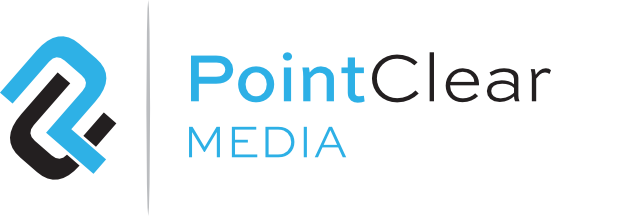To plan and execute a good UX strategy, there are multiple concepts, steps, and deliverables that you have to consider. There is not a one-size-fits-all strategy for every project. Instead, you have to use your best judgement based on your own experiences as to how to proceed. Here I am going to briefly list many of the options you have to consider for your UX strategy.
Describe the End Goal
If you are creating a user experience for business customers, you have to first ask yourself, “What problem am I solving for the customer?” and “What do I intend to accomplish?” Are you trying to make money? The answer in business is usually yes, but not always. You might be trying to provide a social service or organize people for a cause.
Interviews
If you know some of the people who will be using this application, let’s say an internal website for a company, then take the time to get to know them. It doesn’t have to be a big formal production – it can even just be over a cup of coffee. Ask good questions and get a feel for their technical abilities.
Competitive Research and Analysis
You want to see if anyone has already done what you are trying to do and if anyone else is currently doing it. Do not fear them, but be aware of their presence. The word “respect” means “to look again” (re-spect). Keep an eye on them.
If you can use their products with a free trial or a small fee, it is worth your time and money to do so.
Personas
Who are the users? Answering this will help you craft an experience fit for them. You should make up a few documents that contain the demographic profiles of imaginary people who might be using the application. The details of these personas might be:
- Name
- A somewhat accurate stock photo
- Sex
- Age
- Education level
- Family details
- Employment
- Salary
- Behaviors
- Needs and Goals
Having these imaginary users helps you to develop the product for them, before you have an actual user base.
Storyboarding
Use the personas to create a series of narratives describing the possible scenarios as the personas visit your website, use your service, or want to communicate with you during the process.
This should be some sort of flow chart, identifying all of the nouns and verbs involved in the process from the moment the user finds the site on his or her computer until the end goal that you have created for them to accomplish has been completed.
Wireframing
Sketch up a visual representation, with no colors or graphics yet, of what the architecture of your web application will look like. It can be a simple as putting pencil to paper. However there are quite a few digital tools you can use to make your wireframes look professional and consistent.
Some of these tools are
- Adobe Creative Cloud
- Balsamiq
- UI Stencils
- Wireframe|CC
Mockups

Once your wireframes are done, you can start to add color, images, and more emotionally charged content to your idea for a user interface. This is also the time you want to hone in on the fonts and typography of the site, as that is one of the most important elements of the tone of the site.
There are a lot of tools out there with which you can make a mockup. These include:
- Adobe Creative Cloud
- Sketch App
- Canva
- Invison App
For color choices, if you don’t already have an established branding color palette, you might want to visit one of these sites:
Technological Frameworks and Tools
What the site looks like is one thing, but what it does is even more important. Whether you are building a brochure-style site or a full-fledged site with login authentication and user accounts, you want to be able to pick the best frameworks and technological tools as possible.
Will your application be primarily used on smart phones, or is for another medium like desktop, smart watches, or virtual reality (VR)?
If you are unfamiliar with all of your choices, please subscribe to this blog in the right sidebar.
Technology is what we will focus on the most.
Prototyping
Once you have the look and the user flow of the web app ready, you then must build a prototype, one that not only looks like the final product but also feels and acts like it to. Your prototype does things. It doesn’t have to have all of the production data – you can use dummy data. The idea is that you want to simulate a real life experience.
Sometimes the prototype is called a Minimum Viable Product (MVP). This means that it has the bare bones features of the application to see how it works.
Usability Testing
After the application is built you will want to test it out on some real live users. And you want to observe them while they are using it. There are several ways you can do this.
- Watching them in person
- Remote observance via camera
- Recording the screen while they are using it
- Surveys
Summary
Know that these are just general concepts. It is an outline of a plan, a plan that sometimes requires ongoing iterations and adjustments. Just remember to put the human being using your application first and to have empathy for him or her.

